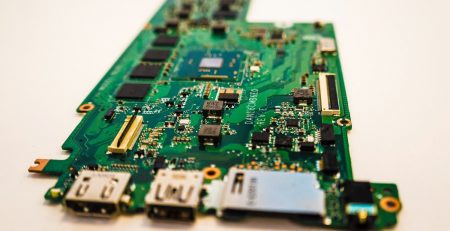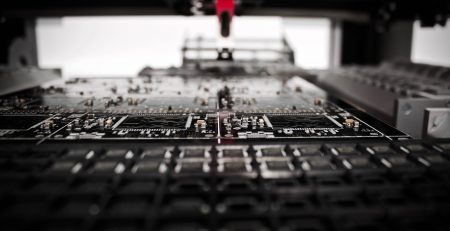MIGRATING THROUGH-HOLE PCB TO SMT PCB
Converting your older through-hole PCB design to SMT is a fairly inexpensive process that can save you in the long run. This conversion needs engineering expertise coupled with an intimate understanding of surface mount manufacturing processes.
What are the benefits of Through-Hole to SMT Conversion?
- Many through-hole components are being obsolete by electronic manufacturers. Moreover, most advanced components are only compatible with Surface Mounting.
- Surface mount devices (SMDs) are smaller and lighter than through-hole components. This allows for lightweight boards and a higher density of components.
- As the SMT assembly process is automated, it means fewer errors. It also allows for rapid production of boards with accuracy and repeatability, further lowering costs.
- Components can be placed on top and bottom of the board which makes the designs smaller or we can say, more functionality can be packed into the same board area.
When evaluating a product for conversion, it is important to identify all potential issues that may affect the board, such as:
- Product end-use
- Electrical parameters of components such as Voltage, current, power, etc.
- Availability of the component in the market
- Programming and testability issues
- Mechanical constraints (form factor, vibration, etc.)
Inputs required for this conversion include a Schematic diagram, BOM, Mechanical drawing to highlight any specific requirements. Converting laborious through-hole components to smaller and easier-to-install surface-mount devices, dramatically improves design for manufacturability (DFM).
To redesign the PCB, there are few steps to follow:
- Choose replaceable SMD components based upon cost-effectiveness, availability, and programming flexibility.
- Produce a schematic of the existing board.
- Create a new layout incorporating surface mount components.
- Construct a prototype. Prepare a testing plan. Run pre-production batch and get final approval.
- Post receiving approvals on the prototypes, the new PCB design is considered complete and ready for volume fabrication.
The result would be a new circuit board significantly smaller in size. Besides, there would be flexibility to re-program additional functionality later without a costly redesign. Additionally, production time and labour costs for a future production run also decrease significantly. Many of the electronics manufacturing companies in Gujarat help you in redesigning PCB at very competitive prices.






Leave a Reply